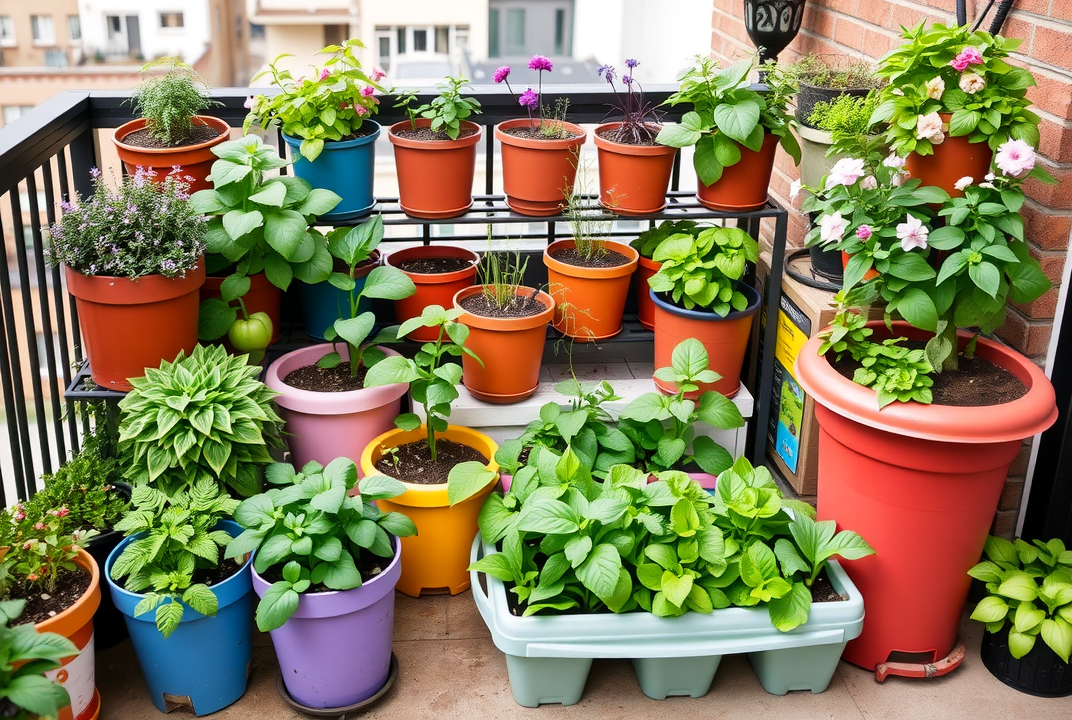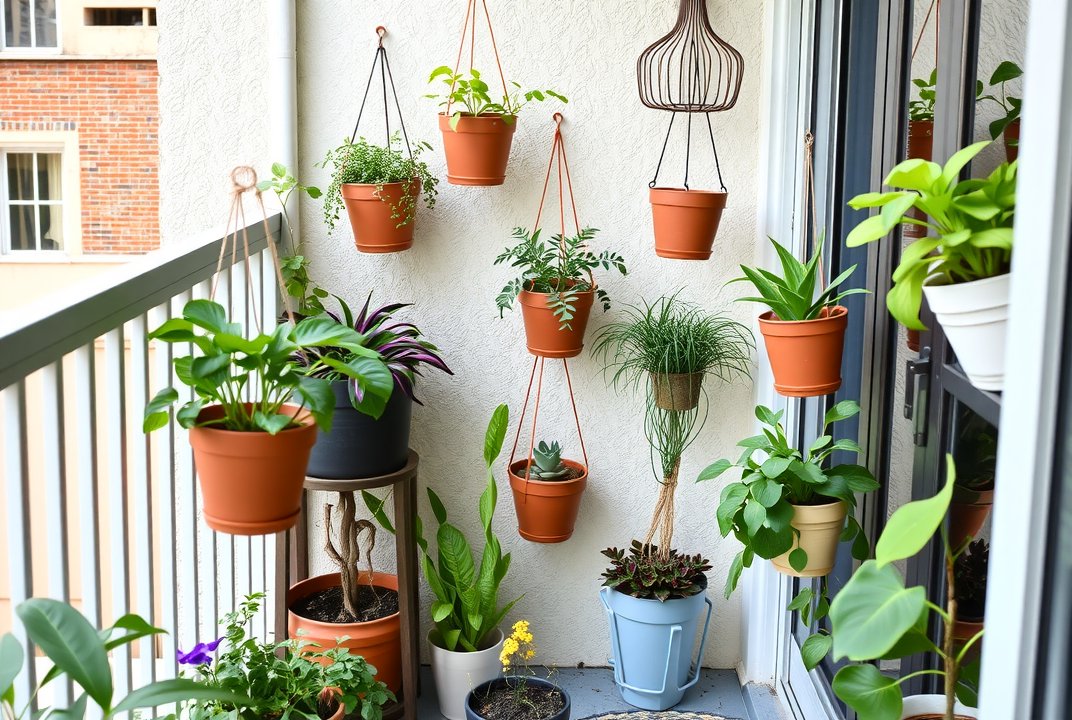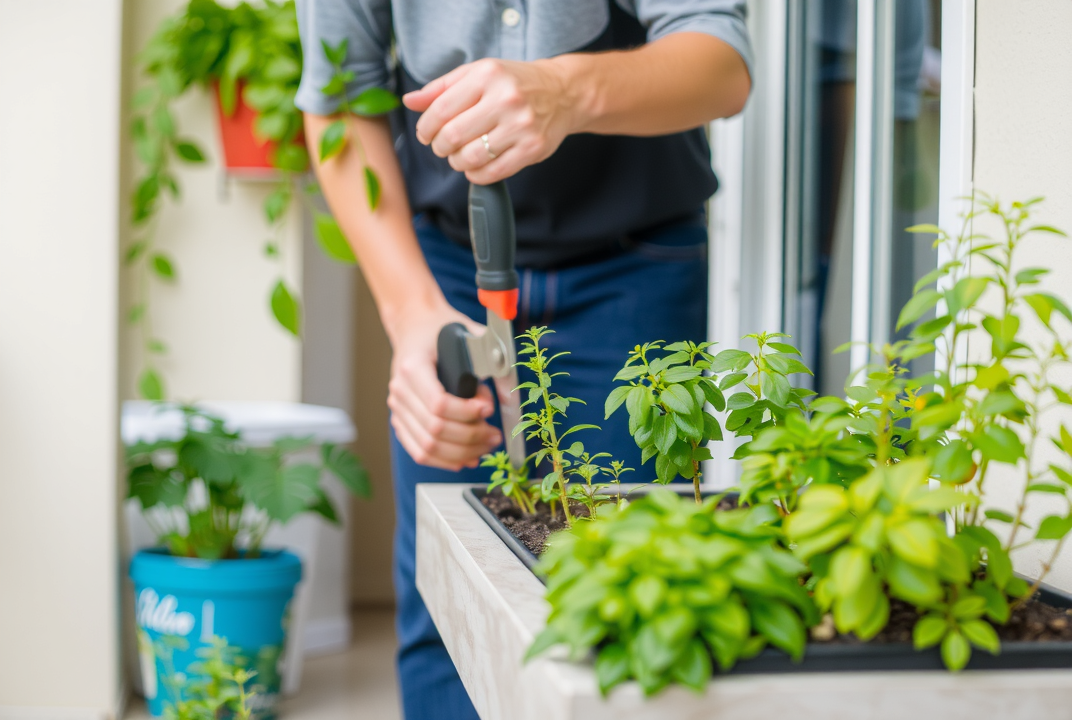Selecting Optimal Plants for Small Space Gardens

Introduction
When limited space is all you have, every inch matters. Did you know that with the right selection, even a tiny balcony can yield an impressive range of plants? Small space gardening has grown in popularity as urban areas become more populated, sparking a desire for easy beauty and greenery right at home. In this guide, you'll learn everything about selecting the best plants for your small space, transforming your nook into a thriving garden.
Understanding Your Space
Before picking plants, evaluate your space. Start by assessing sunlight, wind exposure, and available area. Measure your space carefully, noting shaded or bright spots that will influence plant growth. Understanding these factors ensures you choose plants that will thrive in your environment.
-
Sunlight & Exposure: Plants can belong to different categories based on their sunlight needs: full sun, partial shade, or full shade. Observe the daily sun pattern to assess how much sunlight various parts of your garden receive.
-
Space Configuration: Vertical gardening or utilizing hanging pots can maximize use. Use trellises or wall planters to expand your growing potential upwards rather than outwards.
-
Climate Considerations: Understand your local climate to choose weather-resistant plants. While some plants thrive year-round in various conditions, others might need protection during specific seasons.

Choosing the Right Plants
-
Herbs: Starting with herbs like basil, mint, and rosemary serves dual purposes – these are compact and practical, enhancing your kitchen creations while saving space.
-
Basil: Thrives in small pots, providing abundant leaves for cooking.
-
Mint: Needs containment due to rapid spreading but adds refreshing aroma.
-
Rosemary: Drought-tolerant, perfect for sunny spots.
-
-
Vegetables: Select vegetables like cherry tomatoes, radishes, and lettuce that do well in limited environments.
-
Cherry Tomatoes: Require a sunny spot but minimal space.
-
Radishes: Fast-growing, satisfying those who are impatient.
-
Lettuce: Benefits from regular watering, providing fresh salads throughout the seasons.
-
-
Flowers: Geraniums, impatiens, and petunias add color without sprawling wastefully.
-
Geraniums: Robust and forgiving, excellent for pots.
-
Impatiens: Ideal for shady areas, offering bright blooms.
-
Petunias: Versatile enough to suit many climates.
-
Implementing Design Elements
Implement efficient design to enhance both aesthetics and growth potential:
-
Containers and Pots: Use decorative containers to complement your home decor. Ensure they have proper drainage holes.
-
Vertical Structures: Trellises and wall-mounted planters optimize use of vertical space.
-
Color Themes: Plant in a color-coordinated matter for visual appeal. Bright color pots can accentuate green foliage.

Maintenance and Care
Routine care is vital to sustain a small space garden’s beauty and productivity:
-
Watering: Different plants have varied water needs. Herb and vegetable gardens generally require regular watering, especially in summer. Use self-watering pots if possible.
-
Pruning: Keep plants trim. Regular pruning helps maintain shape and encourages fuller growth.
-
Pest Control: Keep an eye out for pests. Regular checks ensure problems are dealt with early.
-
Fertilization: Use organic compost or slow-release fertilizers to maintain soil quality.

Conclusion
Compact gardens allow city dwellers to experience gardening without sprawling space issues. Selecting the right plants means understanding the environment and your needs, leading to a fulfilling gardening experience. Ready to transform your small area into a vibrant garden? Start today, and watch your limited space unfold into a lush oasis full of potential.